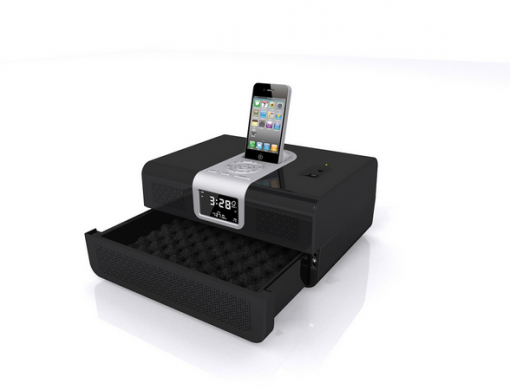
There are a few other versions of the song, including one published in 1765 under the name ‘Dickery Dock. It was first recorded, along with many other well-known rhymes in Tommy Thumb, in his Pretty Song Book collection in 1744. The rhyme dates back to the 18th century. It’s something that makes them easy to remember and even easier to read for children. It’s also not unusual to find repeated lines within nursery rhymes. A reader might add on another repetition of the same lines.

It’s after this that the refrain is repeated. Or, an alternative interpretation is that the mouse went up the clock for the purpose of hearing the clock or even triggering it to strike at one o’clock.Įither way, once the clock strikes, the mouse runs back down again. This is perhaps what scares the mouse, sending him back down again. In the next line, the clock strikes “one.” This means that the bell is going to toll inside the clock. Very few details are provided, but that doesn’t hurt the impact of the song at all. It’s unclear why the mouse is running up the clock or even whether the mouse is inside or outside the structure. The reader is immediately thrust into the action with this nursery rhyme, an example of in medias res. Plus, it allows the word “clock” to connect back to the first line, again through similar consonant sounds. The words “hickory and dickory” don’t make sense together, but they sound interesting and may, for some readers, mimic the sound of the mouse climbing the clock. The first line is also a good example of how nonsense language is used in poetry and children’s songs. The line is a great example of internal rhyme, seen through the use of the same consonant sounds.

This is often the case with nursery rhymes and some of the best-known, older rhymes in existence today. In the first two lines of ‘Hickory, dickory, dock,’ the speaker begins by using the line that was later used as the title. It can, in instances like this, create a circular verse, allowing the singer or reader to start over from the beginning again. For example, the title of the rhyme “Hickory, dickory, dock” appears at the beginning and the end of this short rhyme. This occurs only when the entire phrase is repeated exactly.

Rhymes also make these poems easier to remember and can help solidify them within the history of this kind of song/poem. Or for those who are hearing the lines read out loud. More rhymes usually make the poem more interesting to readers, especially the young readers. This is a common feature in nursery rhymes. In this particular version, the first, second, and fifth lines rhyme, as do the third and fourth. There are several iterations of this rhyme, but the most common is used below. ‘Hickory, dickory, dock’ is a short, five-line nursery rhyme that is contained within a single stanza of text. There are very few details in the song, allowing readers to make up whatever story they want to go along with it. Like most nursery rhymes, there are a couple of variations. The lines in between describe a mouse running up the clock and down again once it strikes one.

This is an example of a refrain, one that allows the reader to start the poem over from the beginning if they want to. The first and last lines of this poem are the same. ‘Hickory, dickory, dock’ is a short nursery rhyme about a mouse who runs up a clock.


 0 kommentar(er)
0 kommentar(er)
